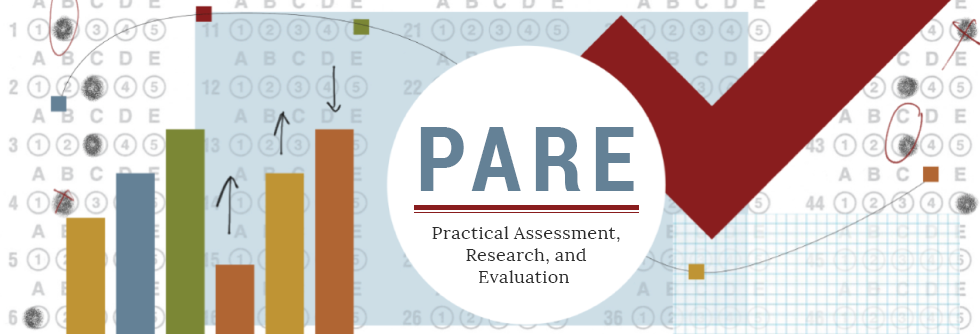Heteroskedasticity in Multiple Regression Analysis: What it is, How to Detect it and How to Solve it with Applications in R and SPSS
DOI
https://doi.org/10.7275/q5xr-fr95
Abstract
Within psychology and the social sciences, Ordinary Least Squares (OLS) regression is one of the most popular techniques for data analysis. In order to ensure the inferences from the use of this method are appropriate, several assumptions must be satisfied, including the one of constant error variance (i.e. homoskedasticity). Most of the training received by social scientists with respect to homoskedasticity is limited to graphical displays for detection and data transformations as solution, giving little recourse if none of these two approaches work. Borrowing from the econometrics literature, this tutorial aims to present a clear description of what heteroskedasticity is, how to measure it through statistical tests designed for it and how to address it through the use of heteroskedastic-consistent standard errors and the wild bootstrap. A step-by-step solution to obtain these errors in SPSS is presented without the need to load additional macros or syntax. Emphasis is placed on the fact that non-constant error variance is a population-defined, model-dependent feature and different types of heteroskedasticity can arise depending on what one is willing to assume about the data. Accessed 4,952 times on https://pareonline.net from January 11, 2019 to December 31, 2019. For downloads from January 1, 2020 forward, please click on the PlumX Metrics link to the right.
Creative Commons License

This work is licensed under a Creative Commons Attribution-NonCommercial-No Derivative Works 4.0 International License.
Recommended Citation
Astivia, Oscar L. Olvera and Zumbo, Bruno D.
(2019)
"Heteroskedasticity in Multiple Regression Analysis: What it is, How to Detect it and How to Solve it with Applications in R and SPSS,"
Practical Assessment, Research, and Evaluation: Vol. 24, Article 1.
DOI: https://doi.org/10.7275/q5xr-fr95
Available at:
https://scholarworks.umass.edu/pare/vol24/iss1/1
